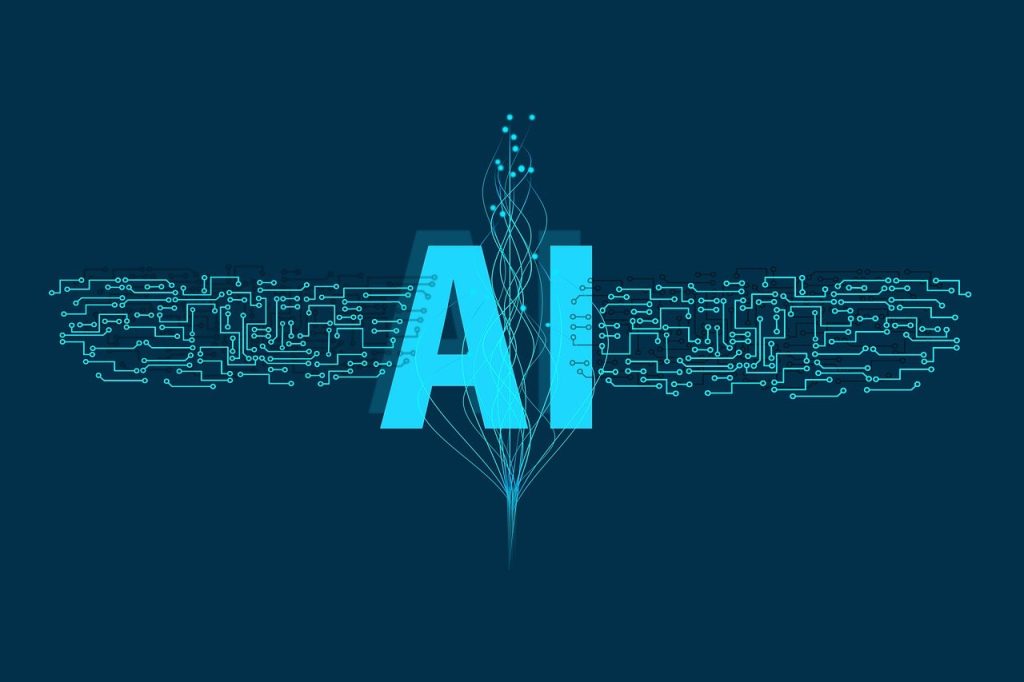
Image Credit: Pixabay
By Saul Roth
It’s a reality that we now live in an era where intelligent machines are no longer just science fiction. The first of these, known as “Artificial Intelligence” or AI for short has made its way into our everyday lives with amazing consequences so far-reaching they can be seen on Wall Street every day thanks to machine learning algorithms used by financial professionals who trade stocks by analyzing vast quantities of data at lightning speed.
AI and Machine Learning are two terms that get used often within the private sector. These technologies have been applied to Big Data, analytics as well as information tech departments for process improvement purposes; however there is a difference between them which can be important if you want your company’s efforts across these areas to make sense.
There’s a difference between the terms “artificial intelligence” and “machine learning”. AI refers to how a computer thinks, whereas ML covers the process of teaching it through examples – just as humans do when they learn something new.
The integration of Artificial Intelligence and Machine Learning technologies into law enforcement operations is a powerful, efficient way to process information. These new tools not only make sense when used properly but can also be an important part in maintaining order for communities that require it most such as police officers on patrol or victims who have been brave enough stand up against their abusers.
Video analysis is an expensive and time-consuming task for law enforcement. Many agencies report spending up to two hours redacting a five minute video or more, which costs them valuable resources that could be used elsewhere in their investigation process – especially when you consider how many people are suspects they might need footage from.
A recent study founds out just what these departments spend on mounts of CCTV cameras each year: $2 million dollars per day ($972k).
Data science companies and scientists are working to develop advanced algorithms for gunshot detection devices. These systems can even differentiate between muzzle blasts from shock waves, providing more accurate information about the location of shots fired as well how many firearms were present in relation with their type – something that would have been impossible without these new technologies.
Information from a variety of sources is used to create an accurate forecast for future crimes. This data can then be shared with law enforcement agencies so they are prepared when it comes time monitoring their communities closely again—helping prevent any potential outbreak before its too late.
DNA technology has advanced significantly in recent years, which means that AI and ML are now being used for forensics too.

Recent Comments